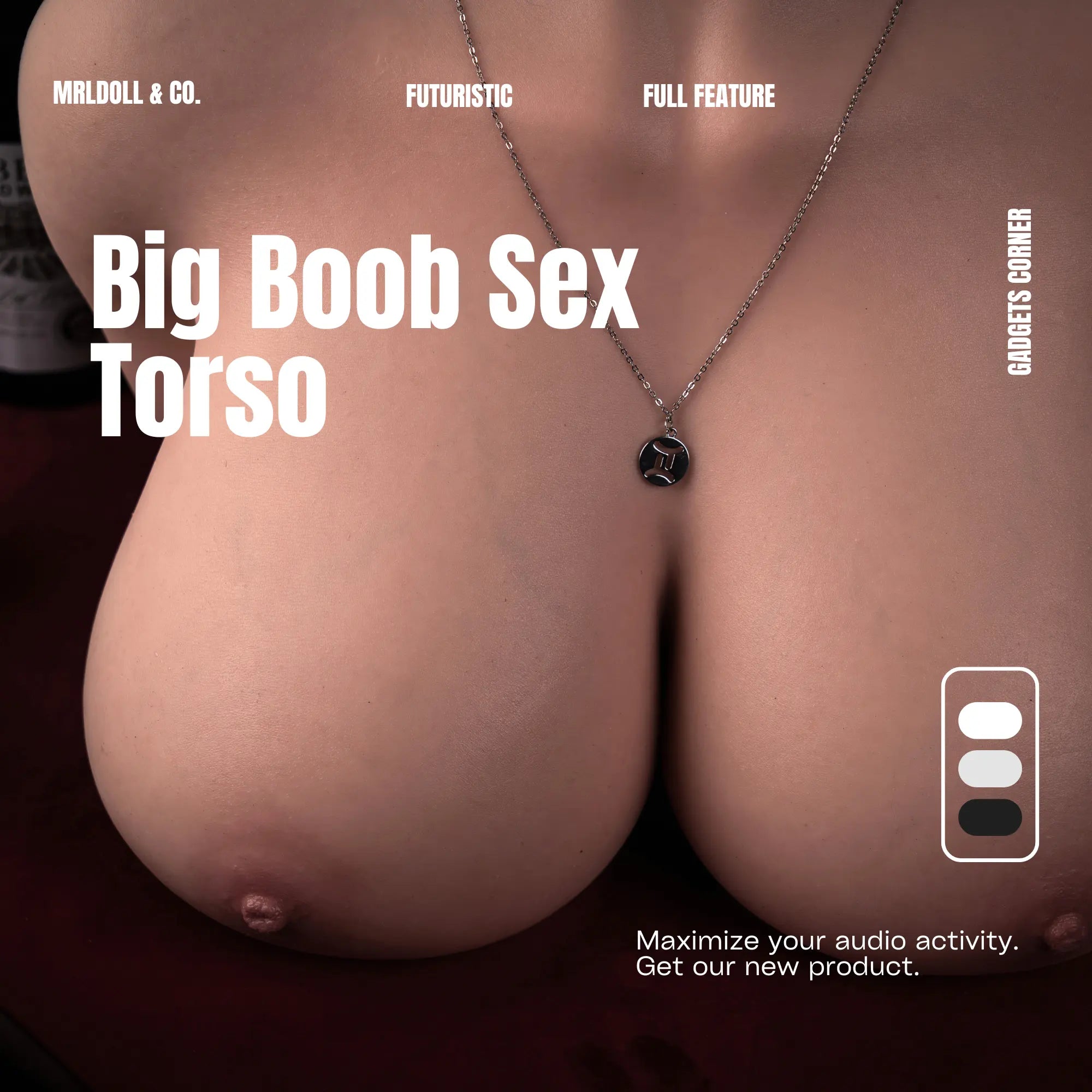Is Women’s Squirting Safe to Drink? A Deep Dive into the Facts
Table of contents
1. Introduction
2. What Is Female Squirting?
3. The Science Behind Squirting
4. Who Can—and Can’t—Squirt?
5. How to Explore Squirting Safely
6. Is Squirting Safe to Drink?
7. Potential Health Risks
8. Men and “Squirting”: What’s the Difference?
9. Enhancing Intimacy Beyond Squirting
10. FAQs
11. References
Introduction
Squirting—often dramatized in adult entertainment—raises two main questions: What exactly is squirting? and Is it safe to drink? In this guide, we’ll explore the physiology, debunk myths, offer practical tips for those curious about how to squirt, and examine any health considerations around ingesting the fluid.
What Is Female Squirting?

Female squirting is the release of fluid from the urethra during sexual arousal or orgasm. While on screen portrayals can be theatrical, real life experiences range from small dribbles to more noticeable gushes. The fluid primarily originates in the bladder, mixed with secretions from the Skene’s glands (the so called “female prostate”) [1][5].
The Science Behind Squirting
l Bladder involvement: Ultrasound studies confirm that bladder volume increases during arousal and empties suddenly at the moment of squirting [5]
l Glandular secretions: Skene’s glands contribute prostate specific antigen (PSA), similar to male prostatic fluid [1][3].
l Fluid composition: Analysis shows a mixture of diluted urine and glandular fluid—not pure urine, but not entirely separate from it [2][3].
Who Can—and Can’t—Squirt?

Not all women will squirt, and that’s completely normal. Factors include:
l Anatomy: Size and sensitivity of Skene’s glands differ.
l Arousal level: Higher arousal may increase the chance.
l Comfort & relaxation: Tension inhibits the response.
If you never experience squirting, it does not indicate dysfunction—just individual variation [2].
How to Explore Squirting Safely
1. Find the G spot: About 2–3 inches inside along the anterior vaginal wall.
2. Use steady, curved pressure: A well lubricated finger or curved toy works best.
3. Relax: Deep breathing and letting go of performance pressure are key.
4. Try a “full bladder” trick: A mild “need to pee” sensation can aid the reflex.
5. Protect bedding: Lay down a towel and go with the flow [5].
Is Squirting Safe to Drink?

Because squirting fluid contains urine traces, it is generally sterile when freshly expelled—but only in the absence of urinary tract infections (UTIs) or other bacterial contamination [1]. It’s not toxic, yet it offers no nutritional benefit and may carry pathogens if hygiene isn’t optimal.
Potential Health Risks
l Bacterial exposure: Drinking fluid from someone with a UTI could cause gastrointestinal upset.
l Allergic reactions: Rare, but possible in sensitive individuals.
l Best practice: Prioritize cleanliness—shower beforehand, confirm no infections, and consider deferring ingestion if you have health concerns [8].
Men and “Squirting”: What’s the Difference?
Some men report a secondary fluid release tied to prostate stimulation, but this “male squirting” differs from female squirting in origin and composition. It’s analogous but not identical [6].
Enhancing Intimacy Beyond Squirting
Building trust and comfort is more important than chasing squirting alone. Tools like MRLdoll torso sex dolls can help solo or couple exploration with lifelike sensations.
Practical Tips:
l Communicate: Share desires and boundaries.
l Set the mood: Soft lighting, towels, and premium lube matter.
l Experiment: Test G spot toys or positions (e.g., doggy style).
l Maintain hygiene: Reduces any risk when fluids are involved.
FAQs
Q1. What’s the difference between squirting and female ejaculation?
A: Squirting involves larger volumes of fluid (urine plus Skene’s secretions), whereas female ejaculation is a smaller, milky release primarily from the Skene’s glands [1][3].
Q2. Is squirting just urine?
A: Partly—studies show it’s diluted urine mixed with glandular fluid, not pure urine [2].
Q3. Can everyone learn to squirt?
A: No; anatomical and arousal differences mean not all women will experience squirting [2].
Q4. Are there risks in drinking squirting fluid?
A: Possible bacterial exposure if a UTI exists. Always ensure hygiene and consider medical advice [8].
Q5. How can I support my partner in squirting?
A: Focus on G spot stimulation, relaxation, plenty of lube, and open, pressure free communication [5].
References
1. “What Is a Squirting Orgasm?” WebMD, 2023. https://www.webmd.com/sex/what-is-squirting-orgasm
2. “Squirting: Definition, how it feels, and tips.” Medical News Today, 2020. https://www.medicalnewstoday.com/articles/squirting
3. Salama S., Boitrelle F., et al. “Nature and origin of squirting in female sexuality.” Journal of Sexual Medicine, 2015. (via NAFC “Ask The Doc”) (National Association For Continence)
4. “Female ejaculation orgasm vs. coital incontinence: a systematic review.” PubMed, 2013. https://pubmed.ncbi.nlm.nih.gov/23634659/ (PubMed)
5. “Squirting Orgasm: What It Is and How To Have One.” Very well Health, 2024. https://www.verywellhealth.com/squirting-5186847 (Verywell Health)
6. “Your Guide to the Sexual Response Cycle.” WebMD, 2024. https://www.webmd.com/sex-relationships/sexual-health-your-guide-to-sexual-response-cycle
7. “What is Squirting, Really?” Sexual Health Alliance, 2023. https://sexualhealthalliance.com/nymphomedia-blog/what-is-squirting-really (Sexual Health Alliance)
8. Pastor Z. & Chmel R. “Differential diagnostics of female ‘sexual’ fluids: a narrative review.” International Urogynecology Journal, 2018. (via NAFC “Ask The Doc”) (National Association For Continence)










